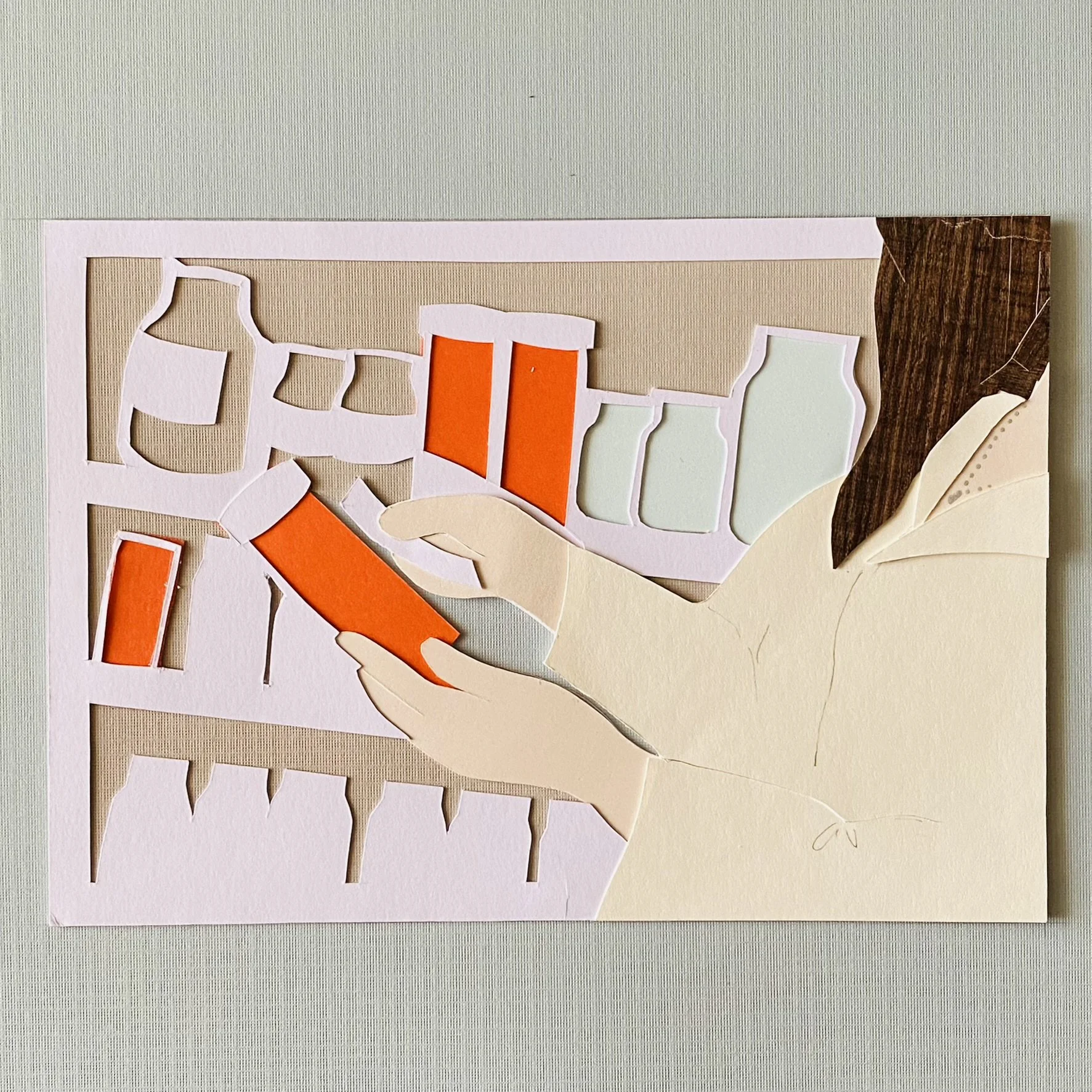January 12th is National Pharmacist Day.
This day is dedicated to our hard-working pharmacists and honors their impact on our health and well-being. From the annual flu season to the unprecedented pandemic, pharmacists always work relentlessly behind the counter to give us reliable and professional healthcare.
The pharmacy is always considered a crucial community-serving retail in a typical neighborhood. Pharmacists work there on foot most of the time. They’ve set a good precedence for people like us who are used to sitting positions during work hours. Their work style reminded us of the WELL concept feature: Active Furnishings.
According to research, sedentary behaviors have been associated with various unfavorable health effects, such as obesity, type 2 diabetes, cardiovascular risks, etc. Hence, the feature intends to encourage physical activities and posture breaks and discourage prolonged sedentary behavior.
“Active workstations are effective at decreasing time spent sitting, thereby increasing energy expenditure.” — WELL v07 Active Furnishings.
One way to make active furnishing feasible is to make at least 50% of workstations “Active Workstations.” For example, place step machines, bicycles, or treadmills under the desks so workers can move gently during repetitive tasks. The strategy will encourage long-term behavior change and inspire a more active lifestyle at work.
On this momentous day, we design this card for interior designers. Thanks to them for being thoughtful and considering for pharmasists’ well-beings.
Wait, there is more about the Pharmacist
Many of us have standing desks and pedal bikes under the desk, so this WELL feature may not appeal to you. However, you probably are familiar with the TV show “Sex and the City.” Carrie Bradshaw and her girlfriends’ best conversations happened in this famous brunch place on 18 Greenwich Ave in New York City. If we turned the clock 100 years earlier, that conversation might have occurred at 215 Main Street in Smithfield, VA.
Why is it at that location, you might be wondering. It all started when soda was invented by a pharmacist…
The sketch shows where Simpson’s Ideal Pharmacy located.
Soda and Girl's talk
A Brooklyn-born pharmacist, Charles Alderton, formulated a popular carbonated soft drink: Dr. Pepper, while working in a corner drug store in Waco, Texas. Interestingly, a few years after his invention, the soda fountain became an integral apparatus in most drugstores.
In the mid-1900s, young ladies, men, and even merchants gathered at the soda bar in the drugstores. During the First World War, many young women began going to work in the office for the first time in downtown Smithfield. And it soon became the custom for those working girls to take a break at eleven o’clock and head for a drink at the Ideal Pharmacy, their local drugstore.
This image shows the area comparison of Simpson’s drug store with nowadays stand-alone pharmacy.
According to this book, A Pictorial History of Smithfield, the place offered “ornate marble and mirrored soda fountain that dispensed syrups in every known flavor, including claret, for sodas and ice, and each provided ice cream parlor tables, chairs and counter stools of wood and twisted metal.” The beauty of these soda fountains was described as elaborated as a dancing girl. While we modernized our drug store and removed the sleek soda fountain and the bar stool, the old “Drug store crowd” went alongside them….
A guesswork on what interior plan might look like inside the Simpson’s drugstore.
By the way, almost every drugstore had a soda fountain by the early 1920’s. Due to the prohibition established in 1919, bars were closed, yet people still needed a place to socialize. At the time, “ice cream parlors were usually stand-alone businesses and did not include any part of a soda fountain”. Thus, Ideal Pharmacy run by the Simpsons family, continued as the gathering place for thirty-odd years until another wave of modernization in the 1950s caught up with them.
(“ice cream parlors were usually standalone businesses and did not include any part of a soda fountain”. source: Pharmacy time)




